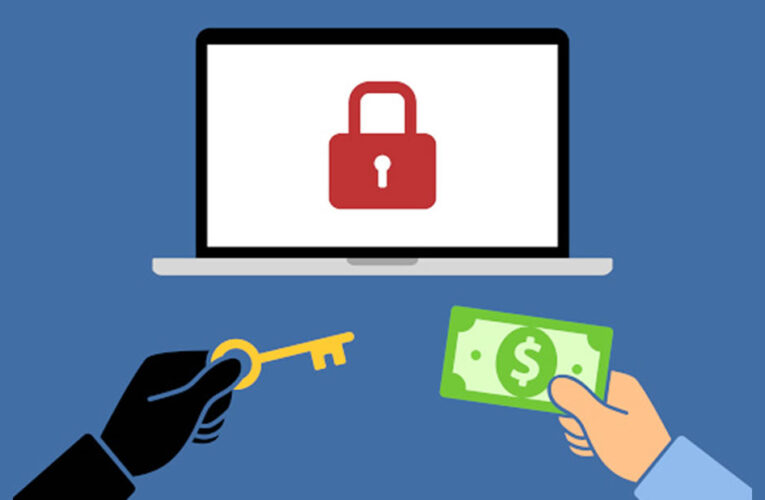8 reasons game-based learning is growing
An analysis takes a look at the innovative technologies and marketplace developments supporting game-based learning and its place in
Revenue for game-based learning and education is projected to reach more than $24 billion by 2024, according to a new market forecast. Metaari’s 2019-2024 Global Game-based Learning Market study, released … Read More









